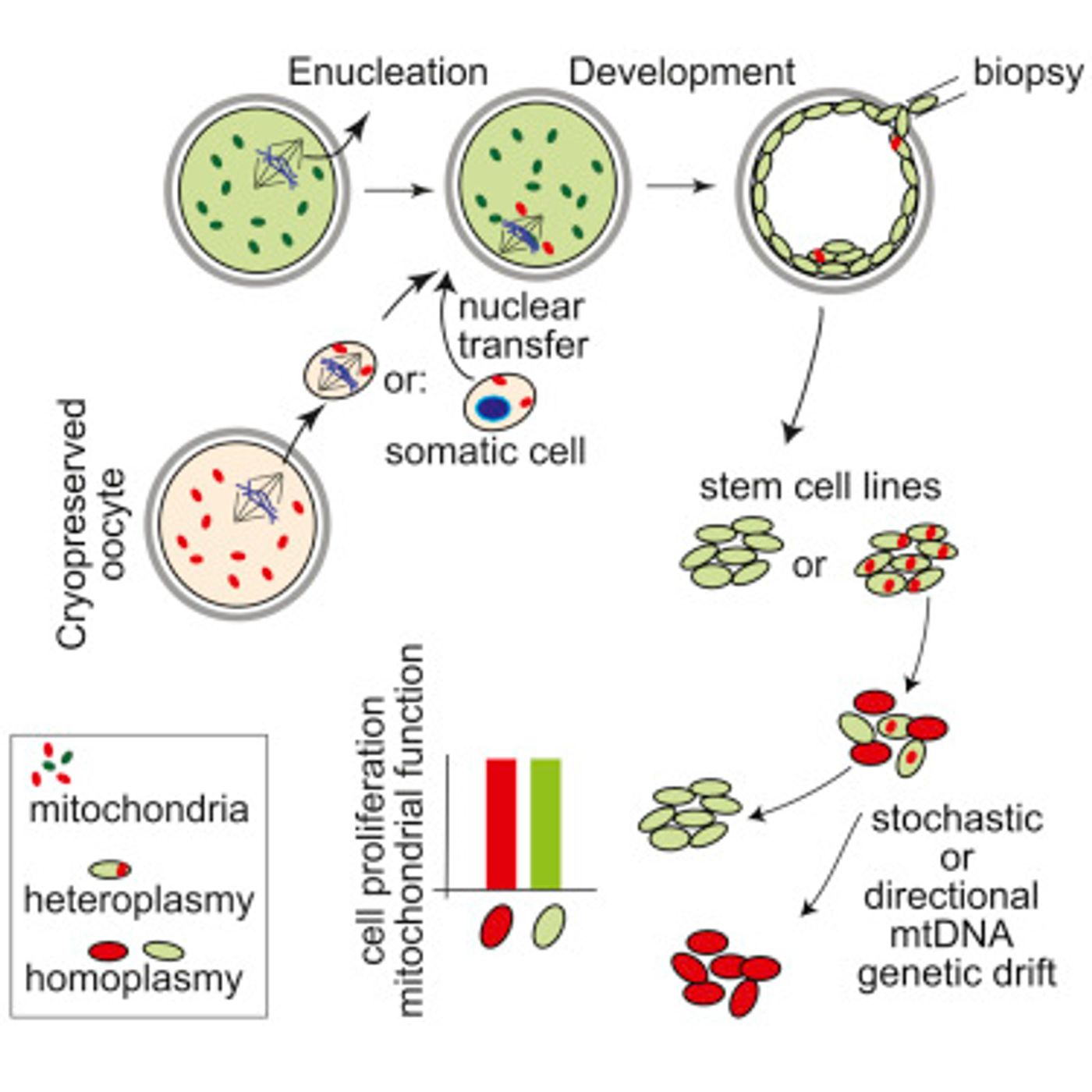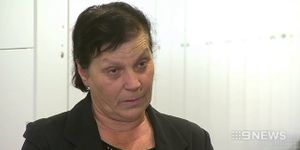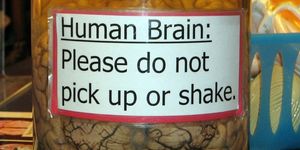Mitochondrial replacement therapy was hailed as a promising new way to overcome diseases passed down in the DNA of mitochondria, but new research is demonstrating that it may not always be successful.
In a
study published in Cell Stem Cell, Dieter Egli, an Assistant Professor of Stem Cell Biology at Columbia University, and colleagues have shown that if even a minute amount of the deleterious mitochondria persist after the transfer - a typical occurrence - they are able to compete with the healthy mitochondria, sometimes outcompeting them.
“It would defeat the purpose of doing mitochondrial replacement,” said Egli. He continued that the findings might inspire ways to solve this problem, but he recommends that in the meantime, the procedure should not be used.
People inherit all mitochondria from their mothers, and about one in 5,000 suffer from diseases caused by mutations in mitochondrial DNA (mitochondria carry their own genome). If a woman is carrying deleterious mutations in her mitochondrial DNA, the remedy, it is theorized, is to insert her nuclear DNA into a carrier egg with healthy mitochondrial DNA. They are sometimes referred to as three-person embryos because the egg comes from a donor, plus the nuclear DNA from mom and dad.
Current methodology leaves a very small amount of the unhealthy mitochondria being carried over into the healthy egg. It’s usually less than 2% of the resulting total mitochondria, and not enough cause disease by itself, but researchers worry that that percentage may rise over the course of development.
Egli’s work used a procedure like the real therapy by transplanting nuclear DNA from one set of egg cells into another woman’s egg cells. Then the team used parthenogenesis; they converted the eggs into embryos with two copies of the maternal genome. Usually, mitochondrial replacement is done with eggs fertilized by sperm, but Egli’s team wanted to remove any role for paternal DNA. Stem cells were then extracted from the embryos and grown in dishes in the lab.
The embryos had only 0.2% of mitochondrial DNA (mtDNA) carried over, and the resulting embryonic stem cells at first had similarly tiny levels. But as the cells grew and divided, levels of the carried-over mtDNA became highly variable. When the cells were split into different dishes, sometimes the donor egg’s mtDNA won out while in others, the carried-over mtDNA dominated. And in another batch of experiments, low levels of carried-over mtDNA consistently outcompeted donor mtDNA.
Feedback on the work from scientists in the field has been a mixed bag. One researcher, Iain Johnston, a biomathematician at the University of Birmingham, UK, supports the theory that one mitochondrion can copy its DNA faster than the other mitochondria could, something he says is likelier to happen when big sequence differences exist in the DNA of the two different populations of mitochondria.
Another researcher, Mary Herbert, who works at the University of Newcastle, UK, as a reproductive biologist and is part of a team advancing mitochondrial replacement, thinks the use of embryonic stem cells in the study poses a real problem for drawing solid conclusions. “They are peculiar cells, and they seem to be a law unto themselves,” she said, also calling the biological relevance of this report “questionable”. Future studies will hopefully help provide more insight.
The UK Human Fertilization and Embryology Authority, which regulates embryonic research and fertility clinics in Britain, is waiting on experimental results relating to the efficacy and safety of this technique before allowing mitochondrial replacement therapy in people.
Sources:
Nature,
Cell Stem Cell










